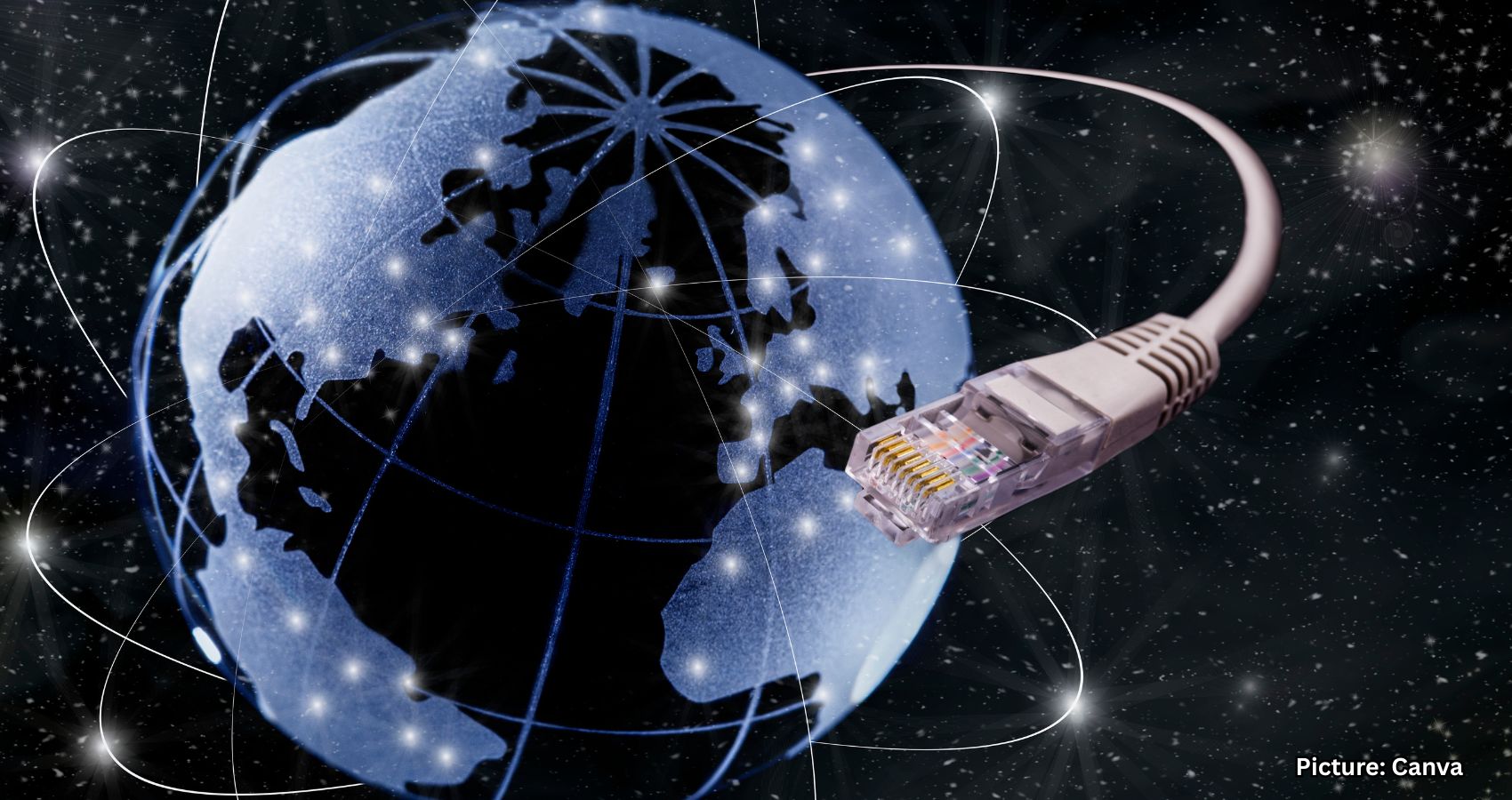Researchers worldwide have completed a groundbreaking comparison of clocks, laying the foundation for redefining the duration of a second.
The current definition of a second is based on the radiation emitted by cesium (Cs) atoms, as measured by atomic clocks. This definition has been in place for decades, with lasers used to count the radiation emitted by the cesium atoms to approximate the duration of a second.
However, as technology and scientific applications have evolved, from GPS navigation to climate science and radio astronomy, the demand for more precise timekeeping has increased. This increasing need has led scientists to investigate and implement more advanced optical clocks, which promise significantly improved accuracy compared to traditional cesium atomic clocks.
Optical clocks utilize the properties of light to achieve a higher degree of precision. By counting oscillations of atoms or ions in an optical frequency range, these clocks offer a staggering level of accuracy, measuring time down to a few billionths of a second. This has broad implications for various scientific and technological fields that depend on precise measurement systems.
In a historic effort, researchers across the globe conducted the largest and most rigorous comparison of such clocks to date. This intercontinental comparison aims to establish a more robust and universally accepted standard for timekeeping, potentially setting the stage for redefining what constitutes a second.
The outcome of this comparison and the adoption of optical clocks could lead to significant advancements in scientific research and daily technology use. More precise time measurement can enhance systems that rely on timekeeping, introducing improvements in everything from network synchronization to the precision of satellite-based systems.
The collaborative approach and the technological advances highlighted by this research underline the critical role of international cooperation in pushing the boundaries of scientific capability.
The world awaits the potential update to the definition of a second, with experts closely analyzing the findings of this unprecedented comparison, according to The Hindu.
Source: Original article

